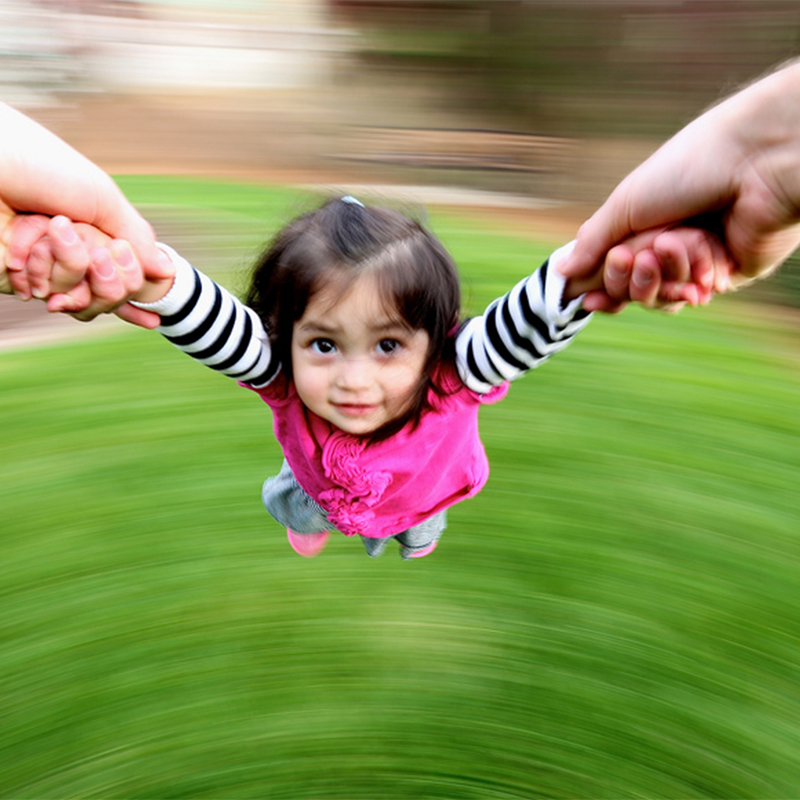- Study Says Most Parents Don’t Use Car Seats In Ride Share Vehicles Like Uber
- This 12-Year-Old Boy Is A Sophomore Aerospace Engineering Major!
- Fire Safety Experts Warn Of Hand Sanitizer Danger After A Mom and Kids Escape House Fire
- Recall Alert: Peaches May Be The Cause Of Salmonella Outbreak, 68 People Ill
- Summer Vacation In The Days Of COVID: Tips To Stay Safe
- How To Safely Grocery Shop During The Coronavirus Pandemic
- Michigan Teen With Vape-Related Illness Undergoes Double Lung Transplant
- Teen Kicks Off Anti-Vaping Campaign From Hospital Bed
- Teenager Receives Life Sentence For Strangling Sister To Death Over A Wi-Fi Password
- Toddler Falls To Death From 11th Deck of Cruise Ship
What You Need to Know About Swinging A Child By Their Arms


Many people have fond childhood memories of being spun around in circles, holding tight to their parents hands, flying through the air with delight. This timeless swinging game seems fun until something goes wrong.
The truth is, this show of playfulness may result in a painful condition known as nursemaid’s elbow, dislocated elbow, or pulled elbow. The technical term for this condition is a radial head subluxation.
This is a common injury in the toddler and preschool years, when the child’s ligaments are still quite loose, but is rarely seen in children older than 5 when these ligaments strengthen.
Swinging, lifting, or yanking a child’s arm may cause a radial head subluxation, but the child can also succumb to the injury when bracing themselves for a fall.
If a child is unable to move their arm at the elbow, they may have nursemaid’s elbow. Holding the arm still may reduce pain, but any attempt to move the arm will cause severe discomfort.
Thankfully, doctors have a quick and easy fix for the miserable child. This procedure, called “reduction maneuver,” pops the elbow back into the correct position and the arm is immediately in working order again and the pains quickly subsides.
If you suspect your child has a radial head subluxation, take them to urgent care immediately. The quicker the reduction maneuver is performed, the easier it is for the elbow to pop back into place.
So, next time your child asks you to help them “fly,” think again. While this is a fairly minor issue, the pain can be extraordinary. In good news, the injury seems to have no long-term effects.



0 comments